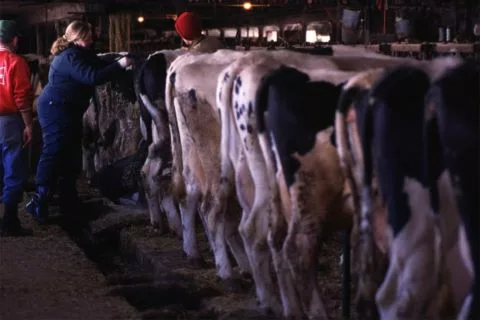Requests for similar containment measures have “mostly been ignored” in Michigan, “despite our state having 25 times the number of positive herds than Minnesota,” Ruddell alleged.
The bird flu has hit Michigan harder than most states, Ruddell added, telling lawmakers that 30% of all affected dairy herds in the nation are in Michigan.
Asked about those critical comments from the poultry industry, Boring said the state agriculture department continues “to assess and reassess our approaches on a number of different aspects.”
“We know that there are some unique transmission pathways of this virus under poultry farms in ways that we hadn’t seen over the last several years,” he said. But that’s “really where we continue to focus our efforts on addressing those known transmission vulnerabilities and prioritizing that work.”
Boring also praised coordination efforts between the state, the U.S. Food and Drug Administration, U.S. Department of Agriculture and the CDC, saying various government efforts are “working as intended and protecting animal and public health as desired.”
On March 29, a dairy herd in Montcalm County was the first to contract bird flu in Michigan.
The number of infections has sharply risen since then, with bird-flu infected cattle now identified in 10 Michigan counties, according to MDARD. Four counties — Ottawa, Ionia, Gratiot and Newaygo — have infected poultry flocks.
Boring in May issued an emergency determination that required farmers to establish “robust biosecurity practices” to help stop further outbreaks among Michigan’s cattle and poultry producers.
One of the key differences between how the two animals handle the virus, Boring said in testimony, is that the disease is nowhere near as lethal to cattle as it is to poultry. That presents a different challenge: understanding how transmission of bird flu worked in a completely different animal, he said.
Those who visit farms, including transient farmworkers, “are a highly suspect vector of this disease across the state,” he added.





